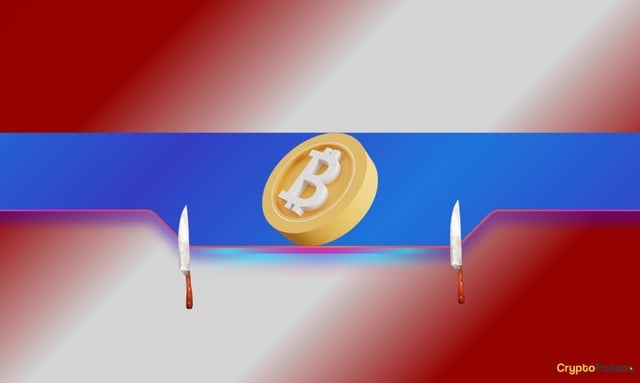The world of cryptocurrency can be a curious place. While established coins like Bitcoin and Ethereum, and even Solana dominate headlines, a new breed of tokens – meme coins – have captured the imagination (and wallets) of a growing number of investors. These coins, often featuring playful mascots and fueled by online hype, can experience explosive growth, but also come with a significant risk of volatility and even scams. Related Reading: Forget Q1 Slump: Solana Explodes Over 300% Amid DEX Boom Enter Slothana (SLOTH), the latest Solana-based meme coin making waves in the crypto community. Launched just recently, Slothana has garnered significant attention during its ongoing presale, exceeding its initial fundraising target and raising nearly $10 million at the time of writing. This early success has fueled speculation of a massive price increase, with some crypto enthusiasts predicting a staggering 100x gain after the presale concludes. 🌿🦥 Attention, fellow sloths! Poll time. Should we launch on DEX only, embracing the true spirit of decentralization and lazy trading? Or should we go full throttle, hitting up both CEX and DEX like the overachieving sloths we could be? Cast your vote below #slothana #memecoin — Slothana (@SlothanaCoin) March 29, 2024 Solana Memecoin Mania Solana, a high-speed blockchain platform, has become a breeding ground for meme coins. Unlike established blockchains like Ethereum, Solana offers faster transaction speeds and lower fees, making it an attractive platform for launching new meme coins. This year alone, several Solana meme coins have experienced phenomenal growth. For instance, Smog (SMOG), another meme coin launched on Solana in February, witnessed a nearly 8,000% increase in value for early investors. To the moon 🔥 — SMOG (@SMOGToken) March 26, 2024 This success story has fueled optimism surrounding Slothana, with some speculating a connection between the two projects. A recent “To The Moon” comment from Smog’s official social media account has ignited rumors that the same team may be behind Slothana, further boosting investor confidence. Can Slothana Avoid The Pitfalls? Meanwhile, the risk of rug pulls – where developers abandon a project after raising funds through a presale – is a significant concern in the meme coin space. While Slothana’s presale structure appears transparent, with a “fair launch pricing system” offering equal opportunity to acquire tokens, thorough research into the project’s team and roadmap remains crucial. SOL market cap currently at $80 billion. Chart: TradingView.com Riding The Bitcoin Halving Wave? An additional factor potentially influencing Slothana’s future is the upcoming Bitcoin halving scheduled for later this month. Historically, Bitcoin halvings, which reduce the number of new Bitcoins entering circulation, have been followed by periods of bullish momentum for the entire cryptocurrency market. Related Reading: Bitcoin Dips, But Don’t Panic: ETFs See Three Days Of Bullish Inflow This has often led to a surge in meme coin prices as well, as investors seek out high-risk, high-reward opportunities. If Slothana launches on exchanges before or shortly after the halving, it could benefit from this meme coin frenzy. Featured image from Pexels, chart from TradingView


